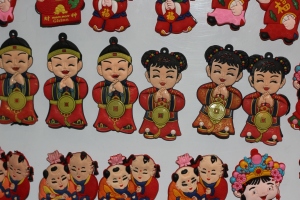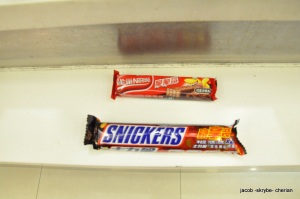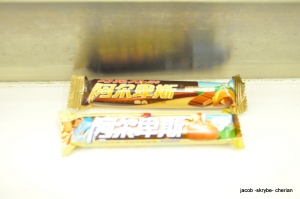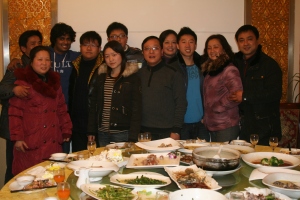Here are Gin Punch Recipes to get any party going. Over the years I’ve gathered, modified and created some of these from scratch.
The over-arching thumb rule is that you should aim for the final drink to be in a 1:3 or 1:4 ratio, excluding the ice. Therefore it should not go more 1:5 once the ice is fully melted. Keeping this rule in mind, you basically can mix and match ingredients endlessly.
Here are some that have worked for me. I’m going to write all recipes for a full bottle of Gin (750ml). The water and ice proportions are interchangeable, based on personal taste.
On Juices
Avoid the “Real Juice” brand. It’s got too much sugar. Use only Tropicana or better. If you use a sugarless juice, then you may have to add sugar. :
Cucumber Cooler
– 1 full 750 ml bottle of gin
– 1 to 1.5 litres of Ice
– 500 ML Water
– 1 Large / 2 Small Cucumbers, cut into pinky finger sizes / coins
If it’s Indian kakumbers, then peal and get rid of the bitterness. Grandma will tell you how. English cucumbers don’t need to be peeled.
– Half handful of Mint leaves. Don’t chop.
Just cut off the thicker branches. Let the leaves hold together, or you’ll be spitting all evening. Haha
– 500 ML Sprite / 7Up
– 500 ML Soda
– A dash of salt
— Soak Cucumber and Mint in Gin first. Then mix all. Taste as you add layers.
Apple Ginger Pop
– 1 full 750 ml bottle of gin
– 1.5 litres of Ice
– A dash of salt
– 1 Litre Apple Juice
– 300 ML Ginger Ale
– 500 ML Soda
— Just Mix All. Taste as you add layers.
Orange Pineapple Mindblast
– 1 full 750 ml bottle of gin (also works fantastic with rum in hot weather, and with vodka in most weathers)
– 1.5 litres of Ice
– A dash of salt
– 1 Litre Orange Juice
– 250 ML PineappleJuice
– 500 ML Soda
—- Mix all
The Earl Grey Ice Tea
– 1 full 750 ml bottle of gin
– 1.5 litres of Ice
– 500 ML Water
– 3 Coin-sliced lime
– 1 or 2 teabags of Earl Grey Ice Tea steeped in the gin for 20 minutes. Careful to not do this for too long or it will get bitter
– 500 ML Soda
– 10 teaspoons of sugar, in boiled water. This needs to be done before hand, to let it cool in time.
—- First boil the sugar water > Steep the gin > Mix All





















